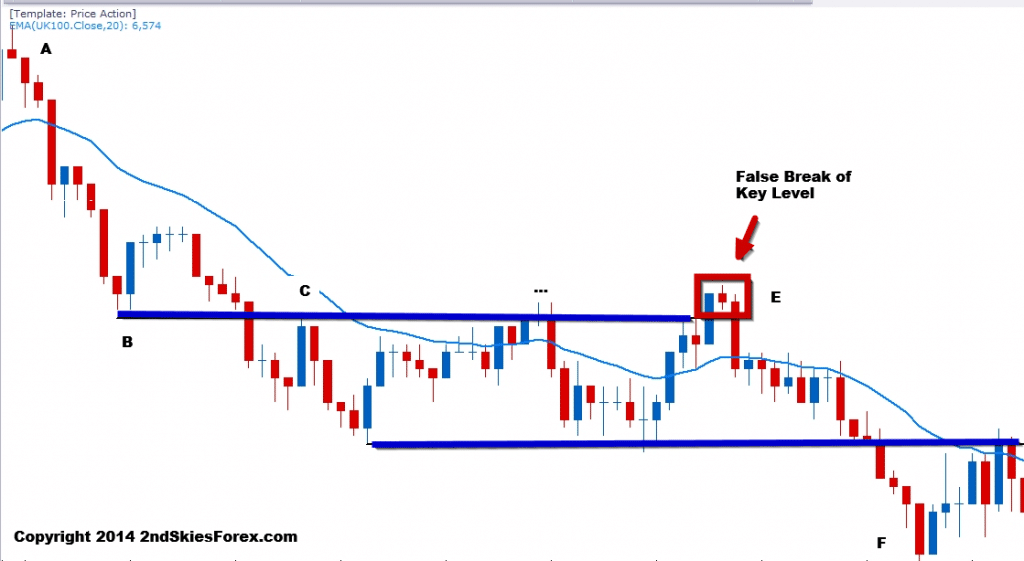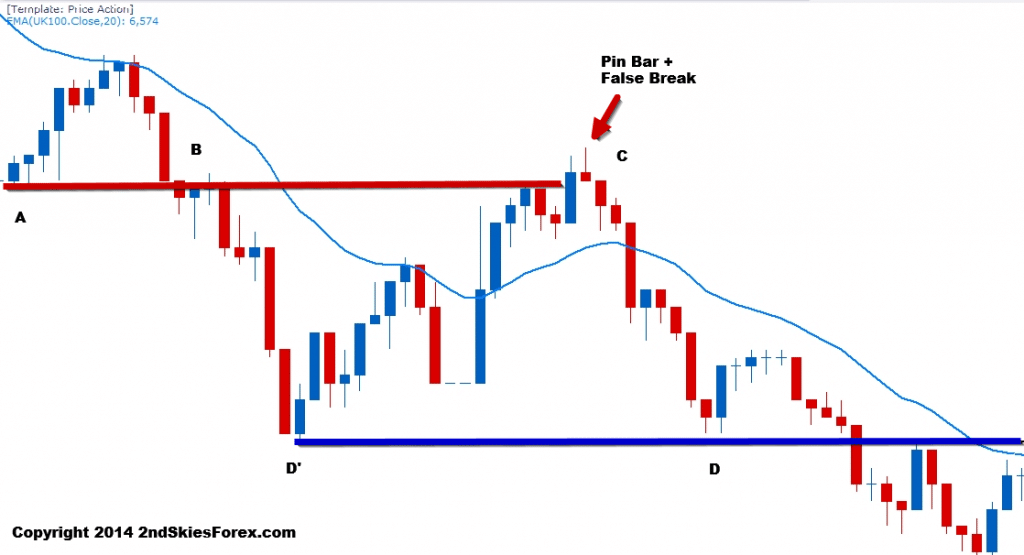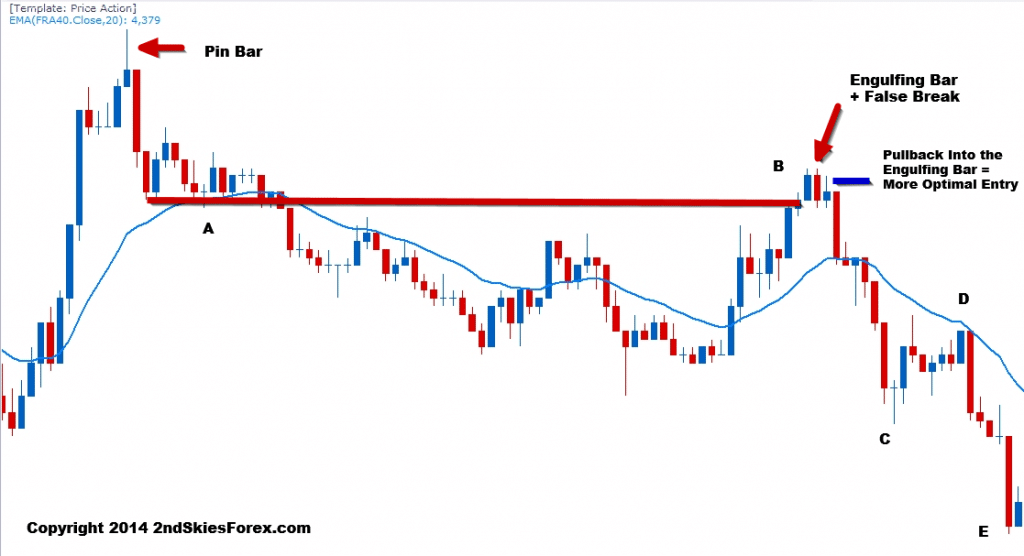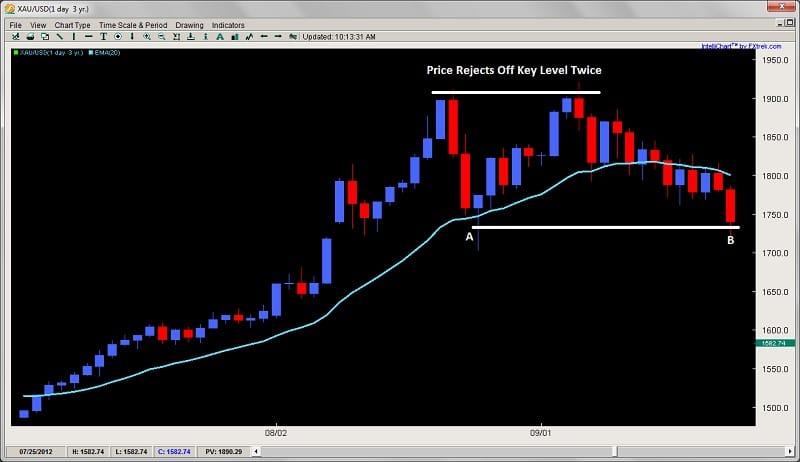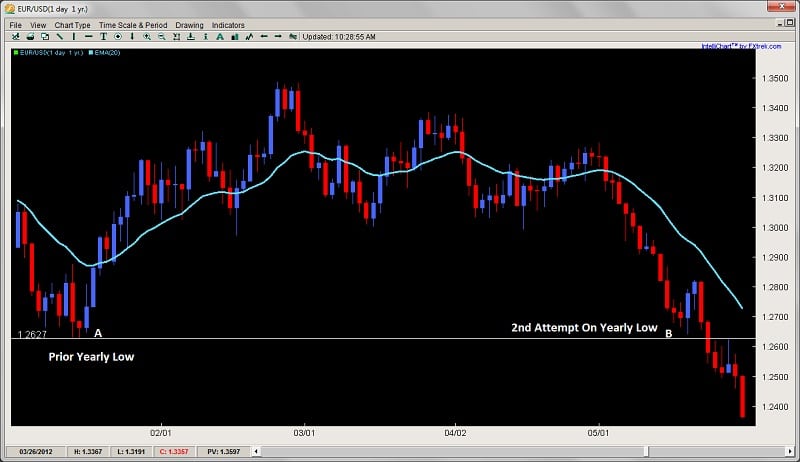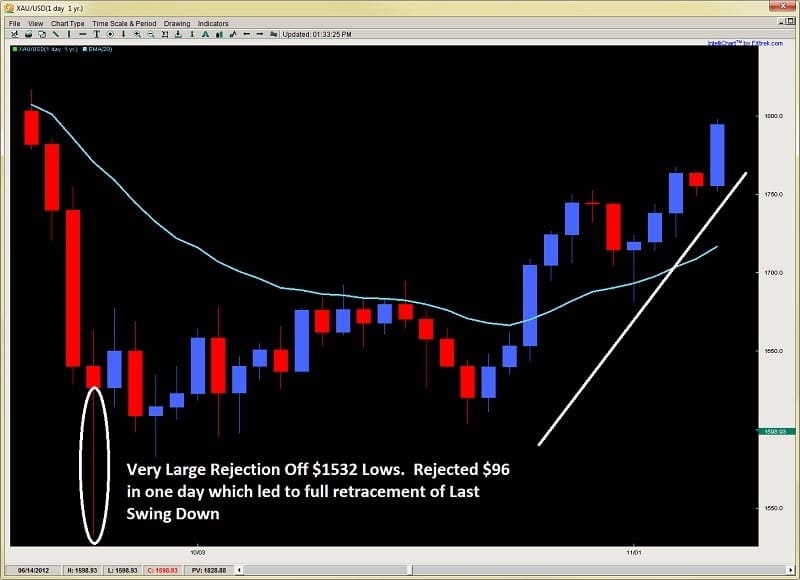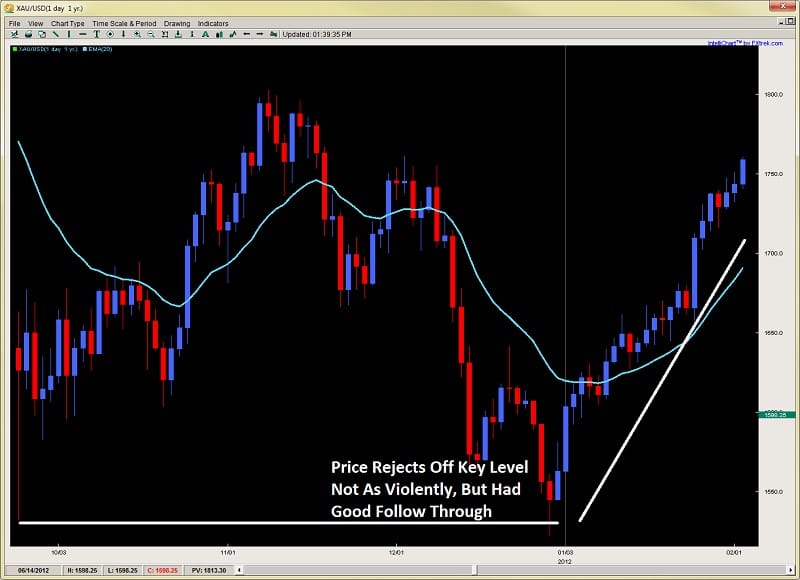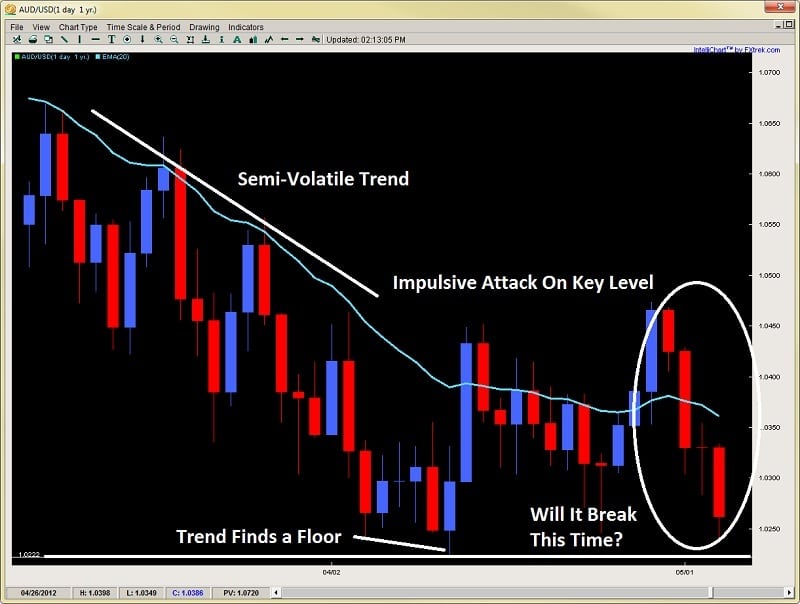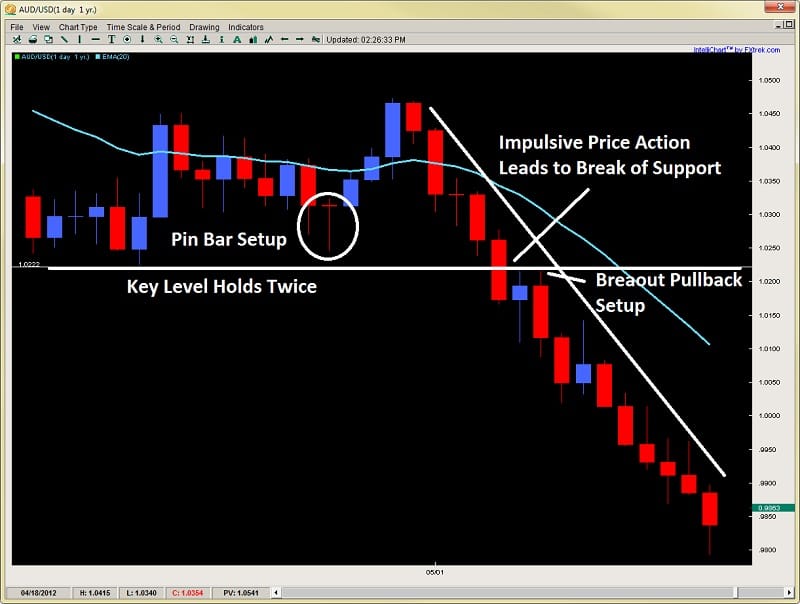
This article is going to be a tad ‘controversial‘ to many developing traders out there. It is not meant to be negative in tone or start arguments.
It is to get you to question what you’ve been told about price action. It is to open up a dialogue, about another way of approaching PA beyond the typical narrative.
The general price action story spun out there goes something like this;
To make any buying/selling decisions and pulling the trigger, it ultimately comes down to one final piece of the puzzle.
This final piece comes in the form of a ‘confirmation price action signal‘. And said ‘signals’ only arise in the form of a 1 or 2 bar combination.
They come in many names, such as pin bars, inside bars, fakey/false break setups, or engulfing bars.
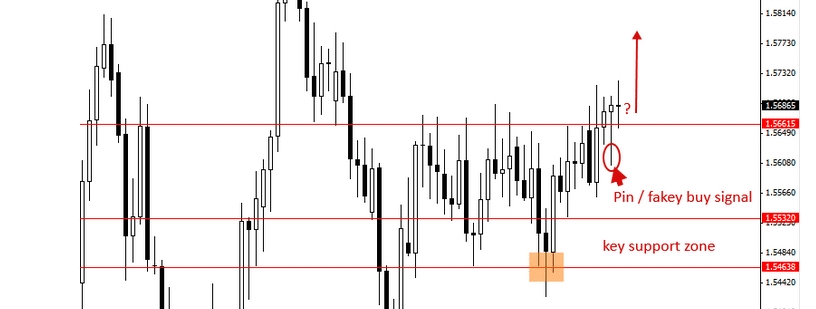
And the follow up to this magical fakey pin bar signal…
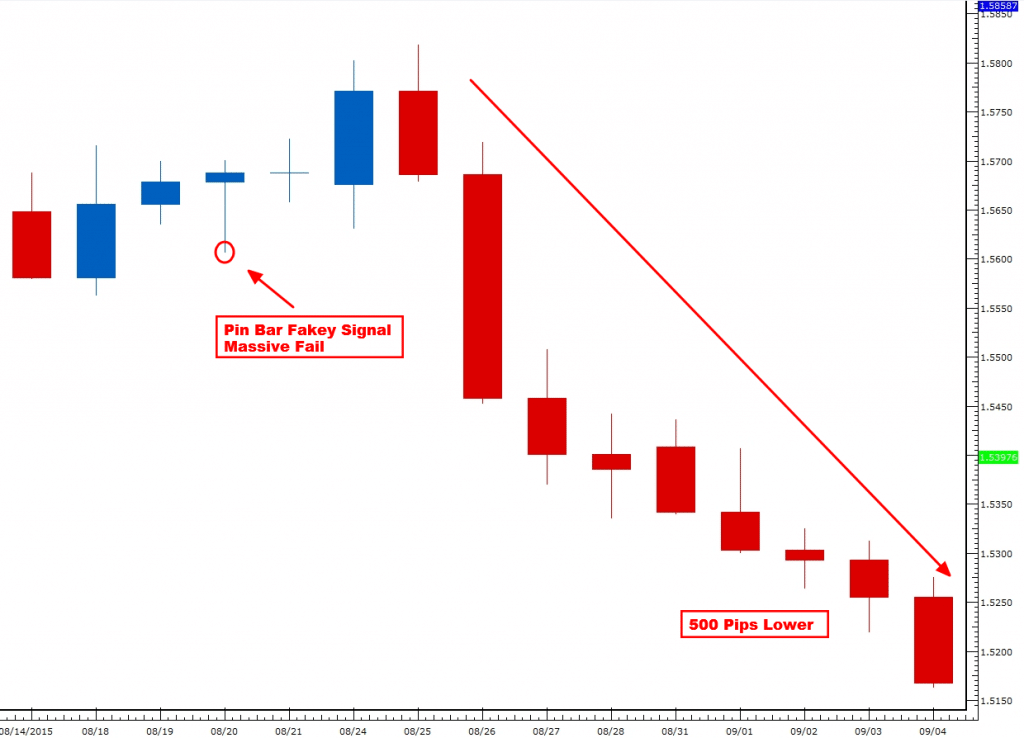
Regardless of the name, the idea is the same. You should not enter the market till you see one of these famed 1-2 bar price action patterns.
Thus far, everyone spinning this narrative are derivatives. What do I mean by this?
Those who preach confirmation price action signals, copied all they knew (with minor adjustments) from someone else.
Many of them were students of one individual (Nial Fuller). A little investigation will reveal Nial Fuller’s price action strategies are also derivatives.
He was a member of J16 and copied all he knew from there, again with only minor adjustments.
If you look at most of the price action mentors, you’ll see the overwhelming similarity & repetition. Now you know why the narrative around PA sounds the same.
Essentially, they are either a derivative (copy) or a derivative of a derivative (copy of a copy). What you’ll also notice is none (or almost none) of them have institutional experience.
What’s really being sold here is a ‘green light buy/red light sell‘ methodology. It’s targeting easy prey who don’t want to do the work, who want understanding price action to be easy, who want to be lazy traders (in their own words).
Yes, with just three simple setups that are easy to find, you too can make profitable buying and selling decisions! Or so you are told…
The reality is far different from this (especially in institutions and hedge funds). By the end of this article, I’m guessing you’ll start to see why.
Below are my 5 reasons why hedge funds don’t trade confirmation price action signals.
Reason #1: Paying 5-6 figures To Train Their Traders?

photo: smbtraining.com (does it look like he’s sitting there just waiting for daily pin bars to form???)
The skill and time required to identify pin bars, inside bars, fakey’s and engulfing bars is minimal (a few months max). Shoot, you can even build an algo to do this for a few hundred dollars.
Bank traders on average will make 2000-4000 trades before they can trade the bank’s money. Hedge funds will also spend large amounts of money and time either training or finding talented traders.
If trading is as simple as finding these three patterns to enter the market, why spend so much to find/train traders what a $300 algo could do?
There is a reason for this.
Because reading and trading PA goes beyond confirmation price action signals. Because buying and selling decisions aren’t as simple as these 1 and 2 bar patterns.
If they were, there would never be the need for such expensive and exhaustive training programs. Would you ever spend that much training someone to trade daily pin bars?
My guess is no.
Reason #2 Macro + Technical
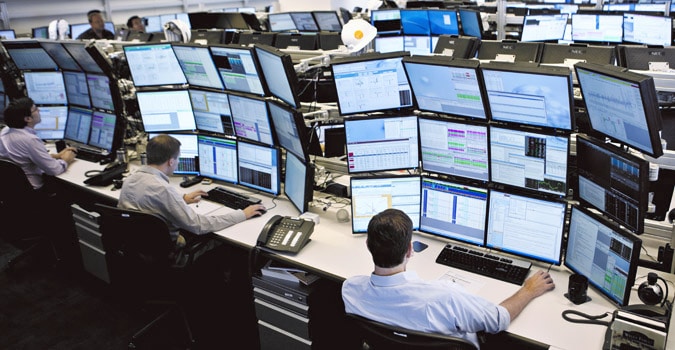
If a fund is not trading algorithmically, most likely they are incorporating a combo of macro (read fundamental) + technical analysis.
I talked about this in my article Book Review: Cultures of Expertise in the Forex Trading Markets. The author (Leon Wansleben) is a sociologist who followed forex traders at a top-10 German bank desk for over a year.
Never once are the words ‘pin bar’, ‘engulfing bar’, ‘inside bar’ or ‘fakey’ mentioned in the book.
What you do find is traders working a combination of macro/fundamentals + technical analysis into how they trade.
They also discount the ‘lower time frames are noise‘ meme pretty quickly. Why?
Because most bank traders have to be reading the intra-day price action (due to flow trades, which accounts for about 70% of their trades).
By the end of the book, you realize entering the market goes way beyond pin bars, engulfing bars and inside bars. You realize they aren’t even trading those to make their buying and selling decisions.
Reason #3 Confirmation Decreases Accuracy and Profitability
“I was in (insert derivative name here) price action course and quickly realized how weak it is compared to yours.
I’ve made over 20% in the last few months using your methods. I’m glad you poked giant holes in his price action strategies.
Otherwise I’d still be waiting for pin bars and inside bars, missing hundreds of pips.“
After posting my video How A Typical Pin Bar Entry Is A Retail One, many struggling traders started to see price action differently.
They realized how many times they were sitting on the sidelines doing nothing when others were making money. They also realized how waiting for ‘confirmation signals’ decreased their accuracy and profitability.
To learn why this is the case, watch my video below.
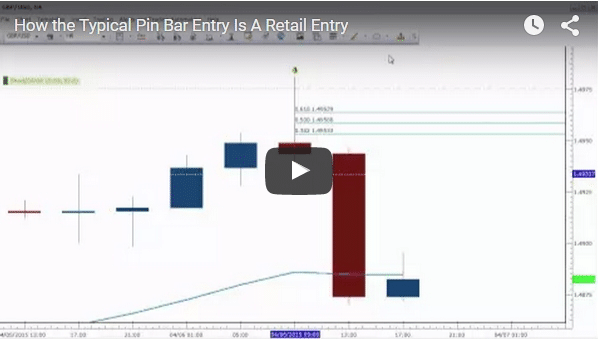
Reason #4 Waiting for Confirmation Price Action Signals is Passive Trading
Hedge funds and bank traders are (if anything) passive when it comes to entering the markets.
Institutional traders would not (and could not) be making trading decisions once a daily pin bar has formed.
If they were doing this so consistently, they’d be picked off by HFT’s or predatorial funds who could see their entries a mile away.
This is on top of the fact they’d all be competing for the same liquidity and relative price, which would only mean a worse entry and lesser profits on the same trading idea.
A little investigation into how predictable these entries are will change your perspective on trading.
#5 The Pepsi Challenge
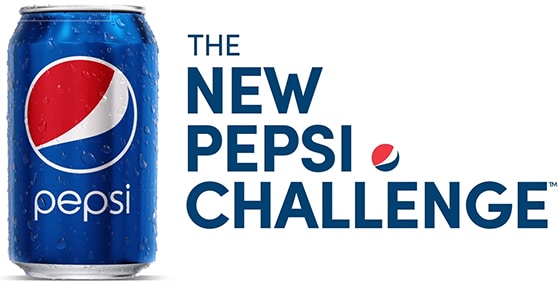
Ok, let’s say you are a devout believer the real way to trade price action is via confirmation price action signals.
Let’s say the above 4 reasons didn’t convince you. We can simplify this through a pretty simple test – The Pepsi Challenge.
Your challenge, should you choose to accept:
Walk into a dozen or two hedge fund offices, bank trading desks and prop trading firms. Then ask them these two simple questions:
1) If you don’t see a daily pin bar, engulfing bar, or inside bar, are you staying out of the market?
2) If you do see a daily pin bar, engulfing bar, or inside bar, are you loading up on your position even more than usual?
I’m willing to bet the answers to the above questions will be a resounding NO.
More likely, you’ll get several laughs, along with someone perhaps escorting you out of the office.
To Date

As it stands right now, nobody has taken me up on this litmus test (let alone proven otherwise). I’m still waiting as I posted this challenge many months ago.
I am confident(while open to being wrong) that after you take this test, you’ll look at price action differently.
Once you let go of the current narrative, you’ll be forced to examine how order flow and the balance/imbalance between buyers and sellers is reflected in the price action. You’ll begin to see how liquidity impacts the PA and volatility.
And you’ll start to trade contextually, meaning through the price action context.
That is when your real training in PA begins, when you let go of the freshman narrative. You’ll also realize trading those 1-2 bar patterns does not build your trading skills.
If trading pin bars really built PA trading skills, then bank traders would be going through thousands of reps on those alone.
It takes no skill to find those signals and spend your time looking for them. And doing so discounts all the other candles in the process.
About All Those Other Candles…
All those other candles is what forms a structure. This ‘structure’ is (by and large) a representation of the order flow.
The order flow gets reflected in the PA, and this PA forms the price action context.
This is where your study should be.
In Conclusion
Looking for 1-2 bar patterns doesn’t make you a price action trader. It makes you candlestick trader, and that is a different approach to the markets.
When you investigate it, hedge funds aren’t trading via confirmation price action signals. And when you stop waiting for confirmation, you’ll find yourself getting better trade locations and higher + R per trade.
Looking at the market contextually will change your mindset. You’ll start trading and thinking in probabilities.
You’ll also discover how waiting for confirmation is a retail traders mindset.
With all that being said, do you agree or disagree with these forex confirmation price action trading misconceptions? Can you see how hedge funds aren’t trading price action signals this way?
Even if you don’t agree, please do comment and share below (in a non-negative tone por favor).
Regardless, I’m hoping you’ll really open up to other ways at trading price action.
Until then – may good health, trading profits and success be with you.

